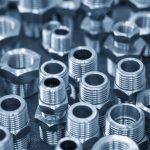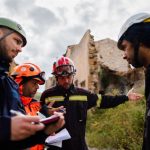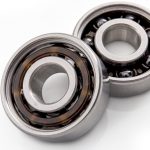PL0: It’s a pleasure to have you on the PL0 blog, Dr. Attinger. First, a bit about yourself. We understand that you are transitioning out of academia and into consulting. Tell us about what excites you about your journey and study of microscale transport phenomena.
DA: Academic research is beautiful because you manipulate and create concepts at a very high level. And engineering techniques make it easy to apply these findings in all kinds of ways that make life different than it used to be, hopefully for the better. At the same time, there is a big gap between what academics know and the techniques used by practitioners, so it is worthy of my time to focus now on technology transfer. Also, academia, at least in the US, is now less exciting than 20 years ago because of increasing administrative bloat, and dry-up of the pool of young researchers interested to pursue a PhD in the US.
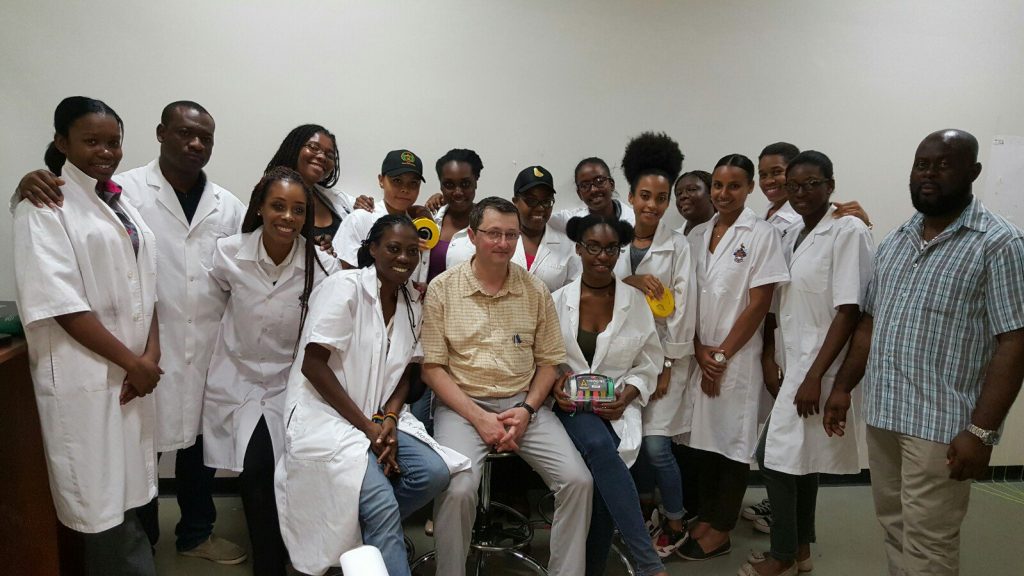
So yes, I am excited to ramp up a company that will do some technology transfer. In short, I will work at moving some of my ideas, discoveries, and knowledge to applied fields like heat management and forensics. Engineers have significant social responsibilities, in the sense that trains or airplanes should not crash, or that their forensic reconstruction should be based on the appropriate physical laws, with a quantification of the error rate and uncertainty, so that the court has the best data available to decide on guilt or innocence.
PL0: Let’s talk about microscale transport phenomena. How would you describe this field of study and why should engineers in industry care?
DA: Dr. Richard Feynman was a genius physicist and also a great tinkerer (he could open most locks by a fast trial and error method that he had developed). Asked about micro and nanotechnologies, he said once that there is plenty of room at the bottom. That is, there are lots of possibilities to engineer small features (like micro or nanocoatings, tiny needles, or chemical patches) to produce effects that are remarkable at the larger scales that are naturally experienced by people. A coating of a few atoms on your cell phone can help it repel water.
So I guess microscale transport phenomena is the study of how heat and mass are transported within these small structures and scales. My academic research has been about understanding these transport phenomena and engineering these. We showed that checkerboard patterns of nanocoatings at the bottom of a boiling pan could make water boil twice faster, or facilitate condensation and collect water.
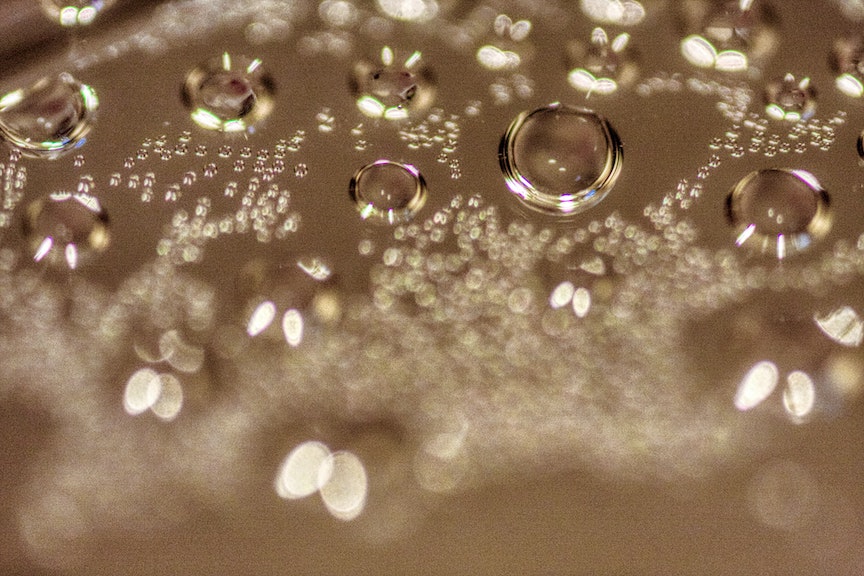
At some point, a men’s magazine reported that by shrinking the size of a winery to a few micrometers (a million of a meter), we were able to make wine in one hour, faster than in conventional large-scale wineries, where it can take months. When I was with Columbia University, I focused on the formation of stains and traces during the drying of liquids such as wine, coffee, and blood, and this brought several opportunities in forensics that I grew during my years at Iowa State University.
PL0: The open-source database you’ve created regarding blood spray patterns sounds like something out of a murder mystery novel. Very cool. How has this application of microscale transport phenomena of practical use to law enforcement?
Yes, I have been working for more than 10 years on bloodstain patterns. There is a forensic discipline called bloodstain pattern analysis that attempts to reconstruct crimes by describing and analyzing the size and spatial structures of bloodstains. The goal is to make hypotheses on how a crime and accident happened. It is not easy because blood is what physicists call a complex fluid, with a bunch of particles in different sizes and concentrations like red blood cells, white blood cells, platelets.
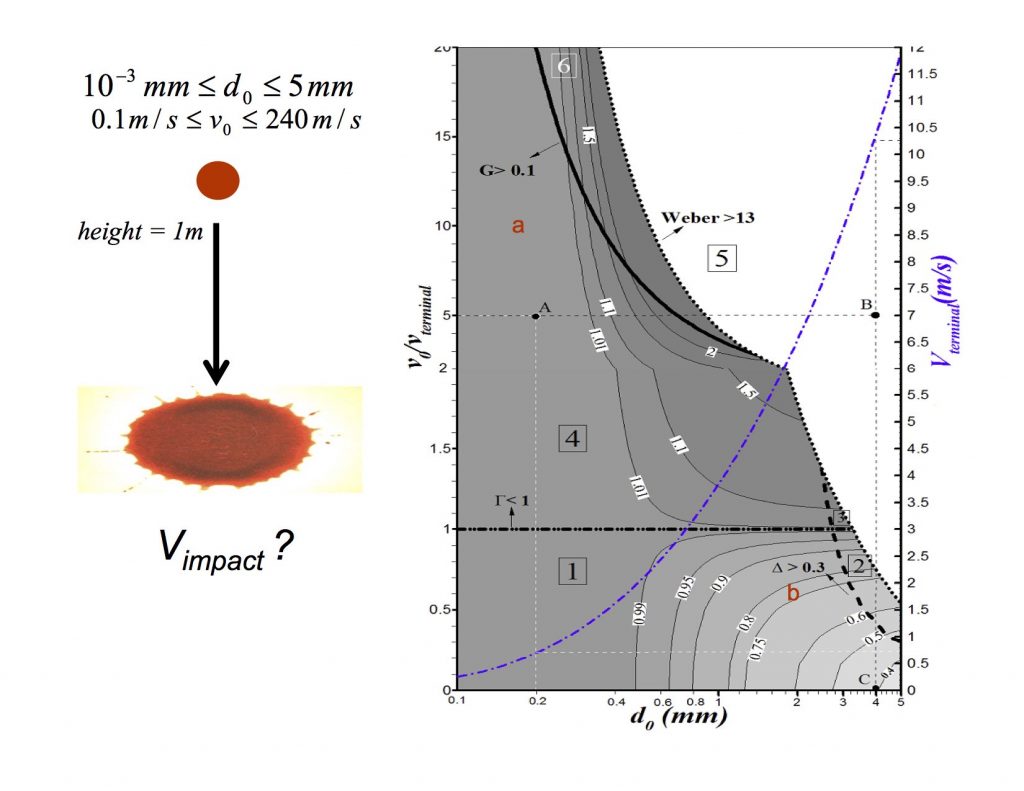
Even the liquid component of blood, called the plasma, behaves in a more complex way than simpler liquids such as oils or water. And the forensic events that create these drops can be violent, complex, messy and difficult to reproduce in a lab.
To come back to your question, we decided to make our own databases, under well-controlled and well-documented conditions, because little data was available to test models and theories. With my research group, we built several machines and experiments that can reliably create bloodstain patterns created by beatings or gunshot events. For the latter, we collaborated with the University Police. We made these publicly available because the comparison of data and theory helps create new crime scene reconstruction models. I always encourage colleagues to produce their own data and share it. The more, the merrier.
You know there is also this idea of “falsifiability” of science, that is, if some theory is scientific, it can be tested against experiments and proven wrong. So that is why well crafted and documented experiments are some kind of standard that help compare and elaborate scientific theories and construct models with practical use.
PL0: Let’s talk about printing. Anyone who has ever spent any time in the office hears about minimizing ink and paper waste. What are the practical implications of controlling micro-bubbles during the printing process?
That would be a question for Steve, who was my colleague during the Ph.D. studies. He is now a rich investment banker, where he probably deals with larger bubbles. During my Ph.D. I looked at small drops and he looked at small bubbles. I believe he had the world record of how fast we can make water boil. These exploding bubbles act as pistons inside the printer and expel just the right amount of ink.
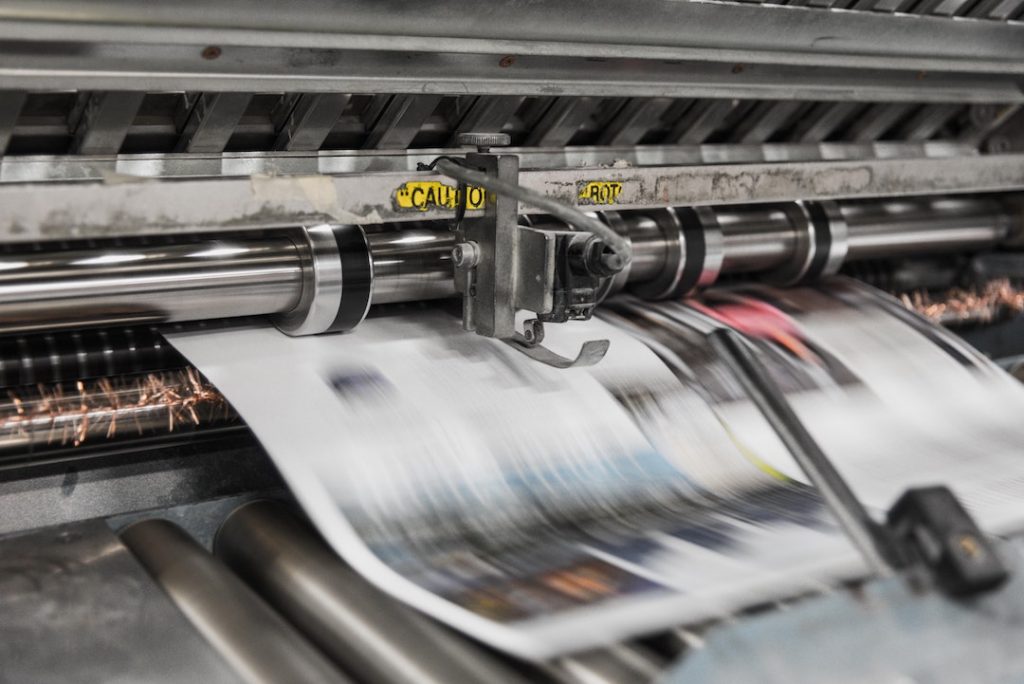
I think the best way to minimize ink and paper is to use electronic documents, the fewer the better so that people can focus on their goals without being inundated by electronic messages, ads, solicitations. We live now in a world where people are over-solicited, and it requires some effort to find the peace needed to think deeply about science and engineering.
PL0: Talk to us about some other applications of your research that you find most exciting.
I think every application can be exciting. Like, some of the best academics have focused for about 20 years on the evaporation of coffee drops, how the stain forms, and how the coffee particles self-assemble. What matters is not so much the topic you study, but rather how cleverly you design your experiments and how successful and general your models are. The cool stuff with science is that there is almost always a way to understand things better, in a simpler and more general way. And this often leads to advances in engineering.
PL0: Professor, we appreciate the opportunity to discuss your work in detail. How do we keep up with you and the good work you are doing?
Maybe follow my Wikipedia page or my latest scientific publications. Or download and try the free, open-source crime scene reconstruction software that we just developed with Scott, a graduate of Iowa State University, Kris, a colleague statistician, and Eugene, a 3D reconstruction expert.
